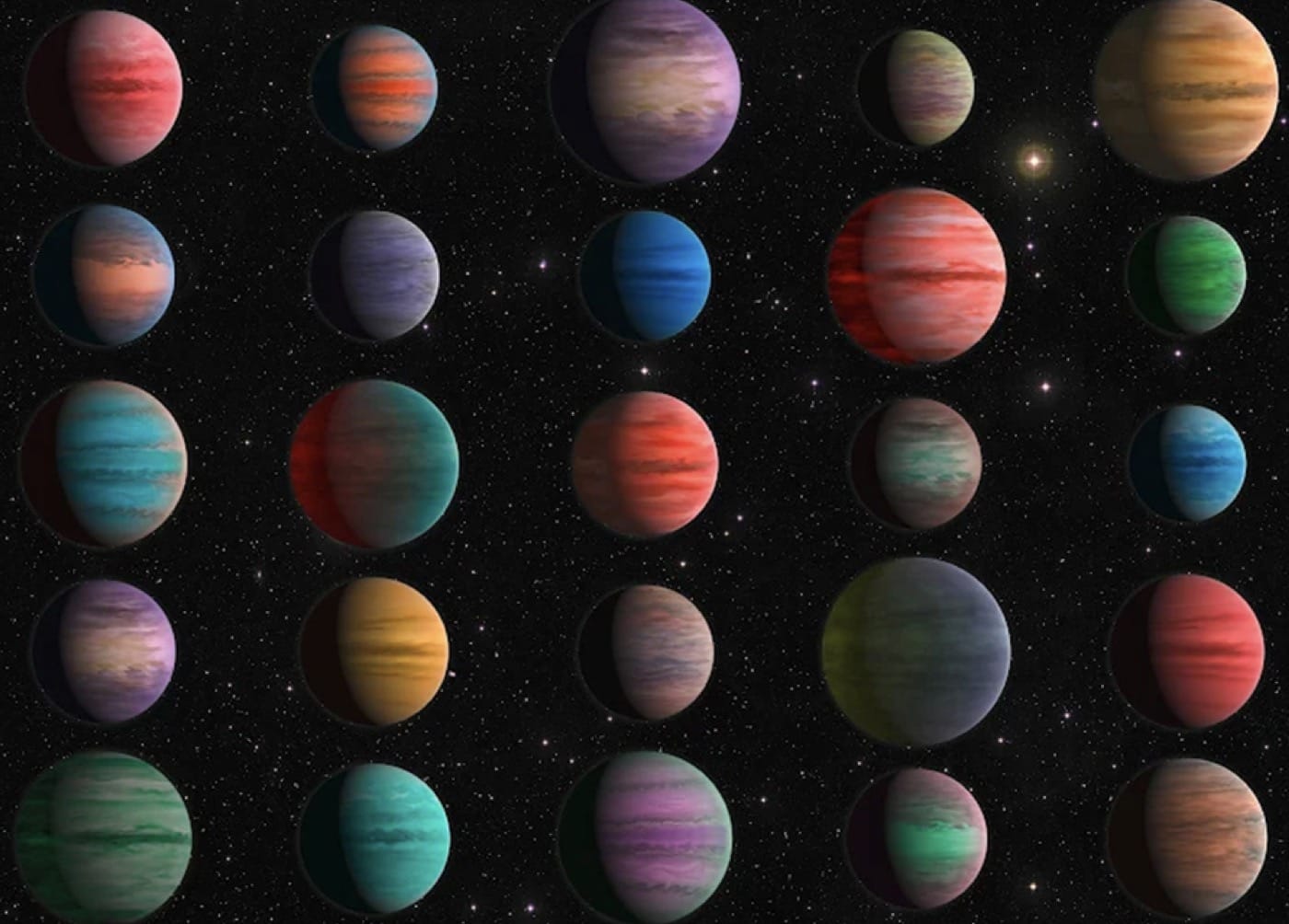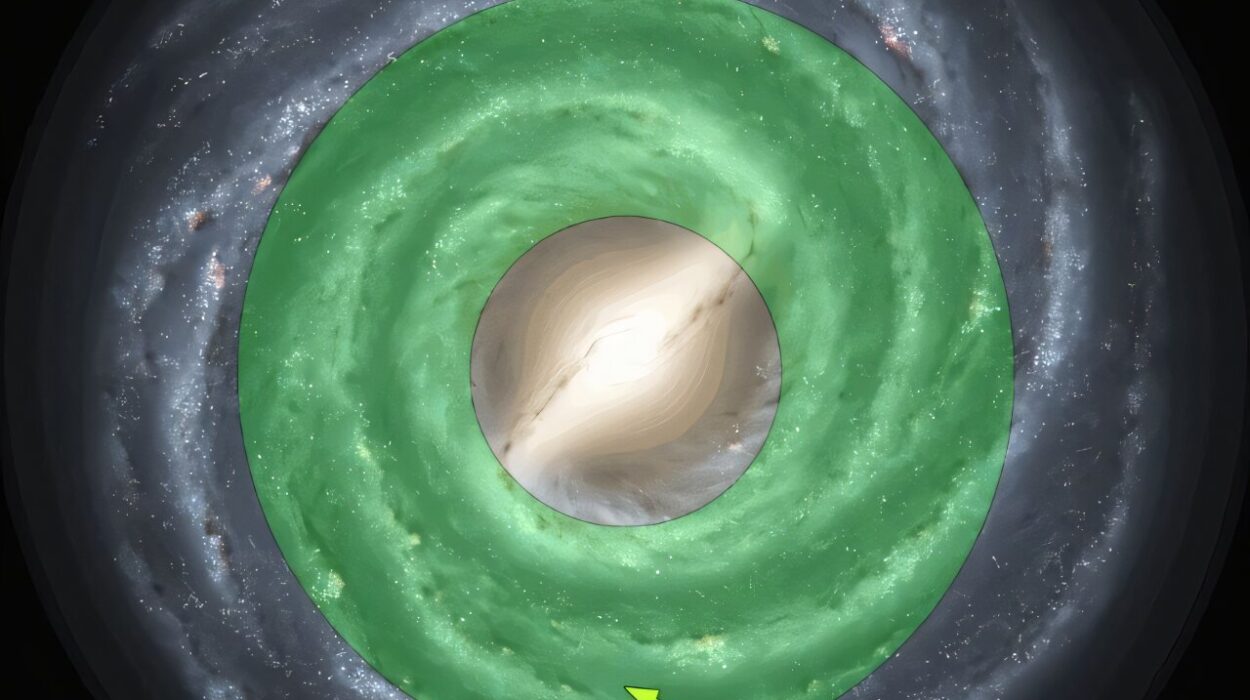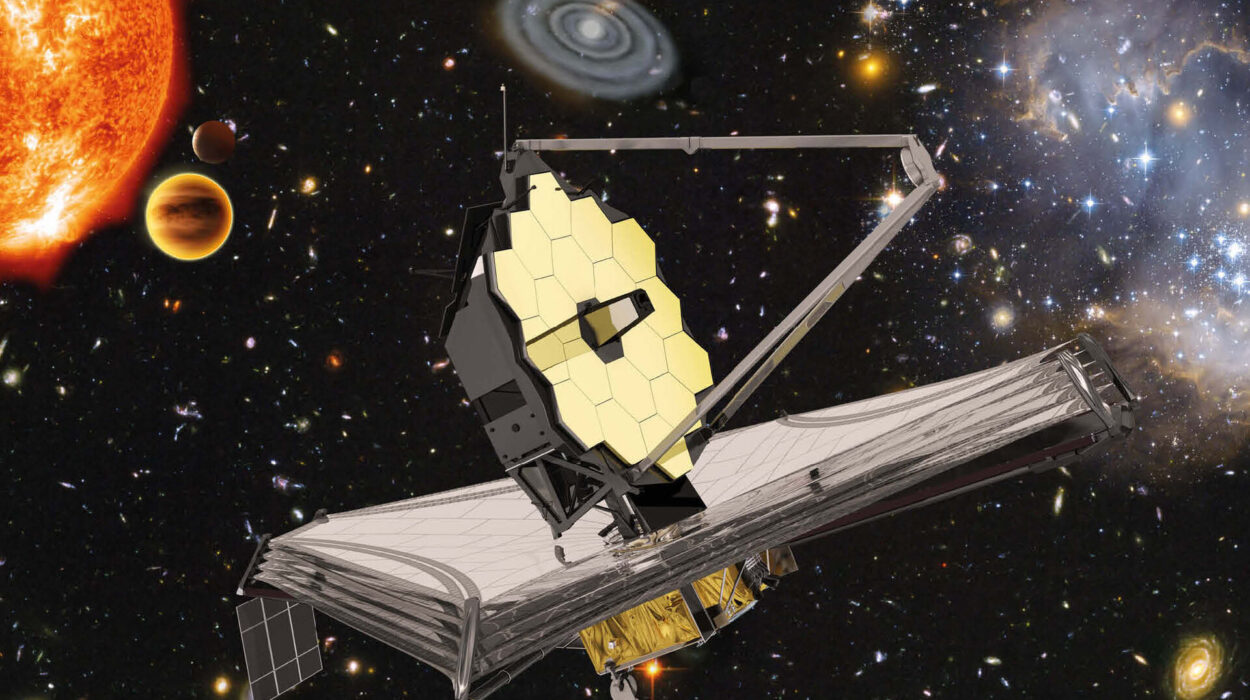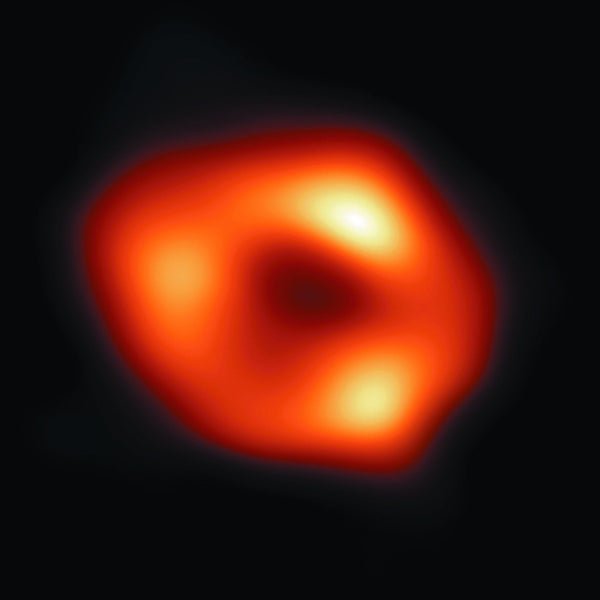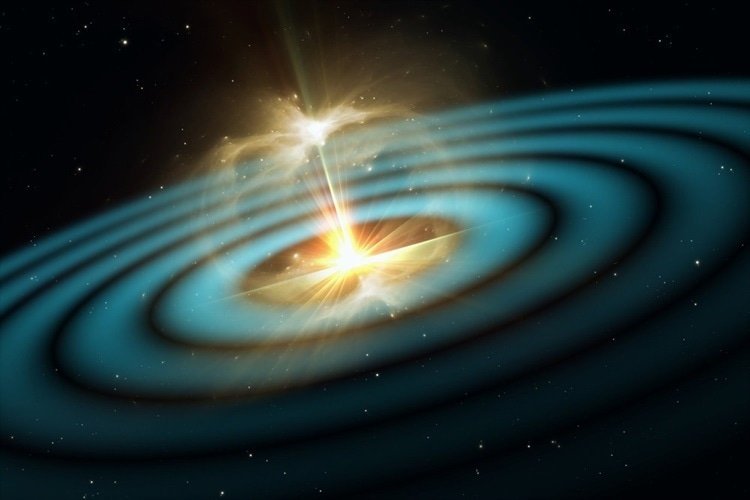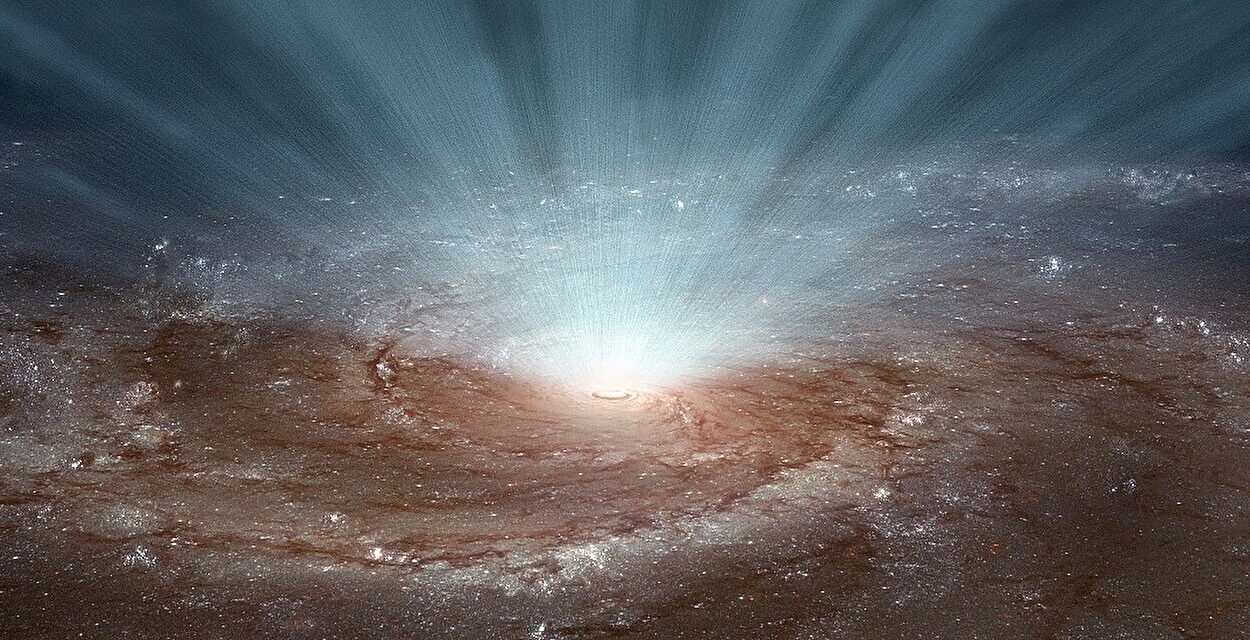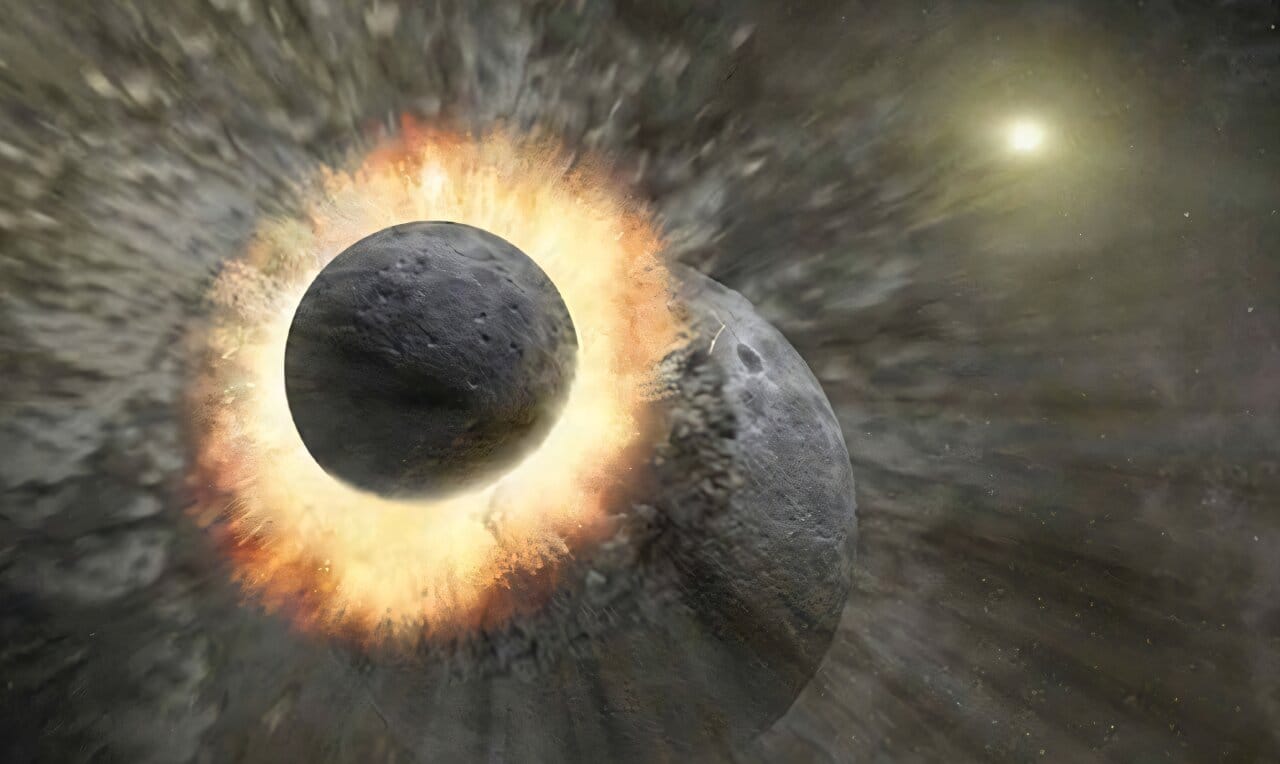For as long as humanity has looked up at the stars, we have asked the same haunting question: Are we alone?
It’s a question that echoes through ancient myths and modern science alike. It has inspired philosophers, poets, and physicists. For centuries, we could only speculate. The points of light in the sky were stars, and perhaps gods, but not homes.
But that changed in 1992.
For the first time in human history, astronomers confirmed the existence of a planet orbiting a star beyond our solar system. A world beyond the edge of our sun’s light—an exoplanet.
That discovery shattered the ancient boundary between what was known and what was merely imagined. Since then, the universe has unfolded in astonishing ways, revealing that planets are not rare, but likely as numerous as stars themselves. Today, we know of more than 5,000 confirmed exoplanets, with thousands more candidates awaiting confirmation.
They come in a kaleidoscope of sizes and temperatures, some scorched by their stars, others frozen in eternal twilight. Some are familiar; others are utterly alien. There are worlds where it rains molten glass, where one side burns in perpetual daylight while the other lies frozen in darkness, where diamond might form in the deep interiors.
The search for exoplanets is not just about finding new places. It’s about understanding our place.
How We Found the Unseen
In the vastness of space, planets are small, dim, and incredibly hard to see directly. Most don’t emit light of their own and are easily drowned out by the blazing stars they orbit. Imagine trying to spot a firefly fluttering beside a lighthouse from a continent away—that’s the scale of the challenge astronomers face.
So instead, scientists use indirect methods, relying on the subtle effects that orbiting planets have on their host stars. The most successful of these techniques has been the transit method. When a planet passes in front of its star, it blocks a tiny fraction of the star’s light. Sensitive telescopes, like NASA’s Kepler and TESS, detect this brief dimming. By repeating the observations over time, astronomers can determine the planet’s size, orbit, and sometimes even hints of its atmosphere.
Another key method is radial velocity, or the “wobble method.” A planet’s gravity tugs on its star, causing it to shift slightly in its position. By measuring the star’s spectrum, scientists can detect these minuscule wobbles, revealing the presence of an unseen companion.
There are other methods, too: gravitational microlensing, where the gravity of a planet momentarily focuses the light of a background star; direct imaging, where new techniques block out a star’s light to catch a glimpse of its orbiting planets; and astrometry, the painstaking measurement of a star’s exact position in the sky.
Each discovery adds a piece to a puzzle far greater than any one telescope, mission, or nation.
The Menagerie of Alien Worlds
When the first exoplanets were found, they defied every expectation.
Scientists had assumed that other solar systems would resemble ours: small, rocky planets close to the star, and large gas giants farther out. But the first confirmed exoplanet around a Sun-like star was a hot Jupiter—a massive gas giant orbiting so close to its star that a year lasts just a few days. That planet, 51 Pegasi b, completely upended conventional theories of planet formation.
As more exoplanets were discovered, the diversity became staggering.
There are super-Earths, rocky planets larger than Earth but smaller than Neptune, many of which don’t exist in our own system. Some might be ocean worlds, entirely covered in deep global seas. Others may be volcanic and dry, with atmospheres thick with steam or sulfur.
Then there are mini-Neptunes, gas-rich planets smaller than our Neptune but larger than Earth—another type missing from our solar lineup. Some orbit in tight, rapid paths around red dwarf stars, enduring fierce radiation but perhaps sheltering life beneath clouds or oceans.
Still more exotic are the rogue planets, drifting through interstellar space without a parent star. These dark wanderers may have formed in planetary systems but were flung out by gravitational chaos. Their temperatures plunge near absolute zero, yet some may retain subsurface oceans warmed by internal heat.
And in the realm of the fantastical, we find lava worlds, with surfaces so hot that rock turns to vapor; and tidally locked planets, where one face always sees the day, and the other lies in perpetual night. Life on such a world, if it exists, would dwell in the twilight zone between extremes.
The variety is so rich that scientists are now building new classification systems just to keep up.
The Quest for Habitable Worlds
Among the thousands of exoplanets, some raise a tantalizing possibility: they might be habitable.
Astronomers define a planet’s habitable zone as the region around a star where temperatures could allow liquid water to exist on a planet’s surface. It’s often called the “Goldilocks zone”—not too hot, not too cold, but just right.
But temperature is only part of the story.
For a planet to support life as we know it, it must also have the right kind of atmosphere—thick enough to support water, but not so thick that it causes a runaway greenhouse effect, as on Venus. It needs a magnetic field to shield it from solar radiation. It must be geologically active to recycle nutrients and possibly maintain plate tectonics. It might even require a stabilizing moon, as Earth’s moon helps maintain our climate.
Earth is the only planet we know that meets all these conditions. But we are beginning to find exoplanets that might come close.
Planets like Kepler-452b, sometimes nicknamed “Earth’s cousin,” orbit Sun-like stars and lie within the habitable zone. Others, like TRAPPIST-1e, part of a system of seven rocky planets, have excited scientists with their potential to harbor life.
Yet we are cautious. The habitable zone doesn’t guarantee habitability. Venus lies within the Sun’s habitable zone and is utterly hostile. Mars, smaller and colder, once had liquid water but lost it. What we seek is not merely a zone, but a world that breathes, evolves, and perhaps even thinks.
Reading Alien Atmospheres
A new frontier in exoplanet science has begun: characterizing atmospheres.
By analyzing the light from stars as it filters through a planet’s atmosphere during a transit, scientists can detect the fingerprints of different gases. This technique, called transmission spectroscopy, allows astronomers to study exoplanet atmospheres from light-years away.
We’ve already detected clouds, haze, water vapor, sodium, potassium, and even signs of carbon dioxide in alien skies. Some atmospheres are puffed up like balloons; others are compact and crushing.
The ultimate prize would be the detection of biosignatures—gases that might indicate life. On Earth, oxygen and methane are in constant flux due to biology. Their coexistence in an atmosphere would be hard to explain without life. Other potential biosignatures include nitrous oxide, dimethyl sulfide, or even chlorofluorocarbons—industrial pollutants.
But interpreting these signs is fraught with uncertainty. Life is clever, but so is chemistry. Abiotic processes can mimic biological ones. Volcanism, photochemistry, and even lightning can generate gases once thought unique to life.
Still, the instruments are improving. NASA’s James Webb Space Telescope (JWST) is already peering into exoplanet atmospheres with unprecedented detail. Upcoming missions like the European Extremely Large Telescope (ELT) and LUVOIR may one day see the faint blue dot of an alien Earth.
And if we ever find a planet with an atmosphere like ours, orbiting in the habitable zone, it will be the most important discovery in the history of science.
Exoplanets and the Story of Us
Understanding exoplanets is not just about counting alien worlds. It’s about understanding our own.
How typical is Earth? Is our solar system common, or a cosmic oddity? Did life arise here by a lucky roll of the dice, or is it a natural outcome on any suitable world?
To answer these questions, we must look far—and think long.
Exoplanets force us to confront our cosmic humility. We are not the center of the universe. Our sun is not special. Our Earth is not unique. And yet, in this vast cosmic ocean, we may still be rare.
The more we learn, the more we realize that life is fragile, and civilization is fleeting. Finding another Earth could show us that life arises wherever it can. Or it might reveal just how improbable life really is.
Either answer would be profound.
The Future of Discovery
The next few decades promise to be extraordinary.
Space telescopes will grow sharper and more powerful. Ground observatories will use new adaptive optics to cancel the blurring effects of Earth’s atmosphere. AI will sift through mountains of data to find hidden patterns.
We may map the weather on distant planets, detect the glow of city lights on alien nightsides, or hear the radio whisper of civilizations millions of years old.
If we do find life, it won’t just be a scientific discovery. It will be a revolution—a moment when we stop being alone.
And even if we don’t find life, the exploration will enrich us. We’ll learn how planets form, how they change, and what makes them thrive or die. We’ll discover strange chemistries, new physics, and perhaps unlock the deeper patterns that shape the cosmos.
We may even find homes for future generations—worlds where human beings might one day walk beneath alien stars.
Conclusion: The Cosmic Mirror
Every new exoplanet is like a shard of a cosmic mirror, reflecting back something about ourselves.
In discovering them, we discover us—our origins, our uniqueness, our possibilities. The science of exoplanets is not just about the stars. It’s about the questions that have always haunted the human heart: Where do we come from? Are we alone? What might we become?
The night sky is no longer a mystery wall. It is a map. And each new exoplanet is a pin on that map—a destination, a dream, a clue.
We are at the beginning of an age that will redefine what it means to be human. And somewhere out there, beneath the light of an alien sun, a world waits for us to find it.
